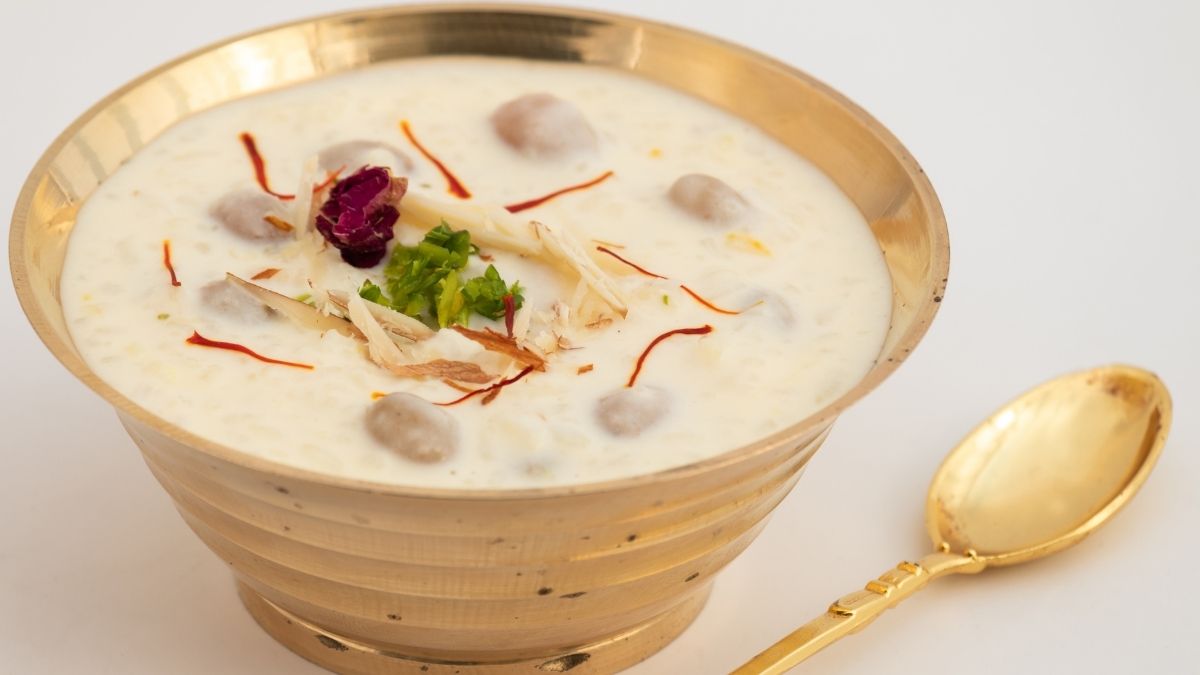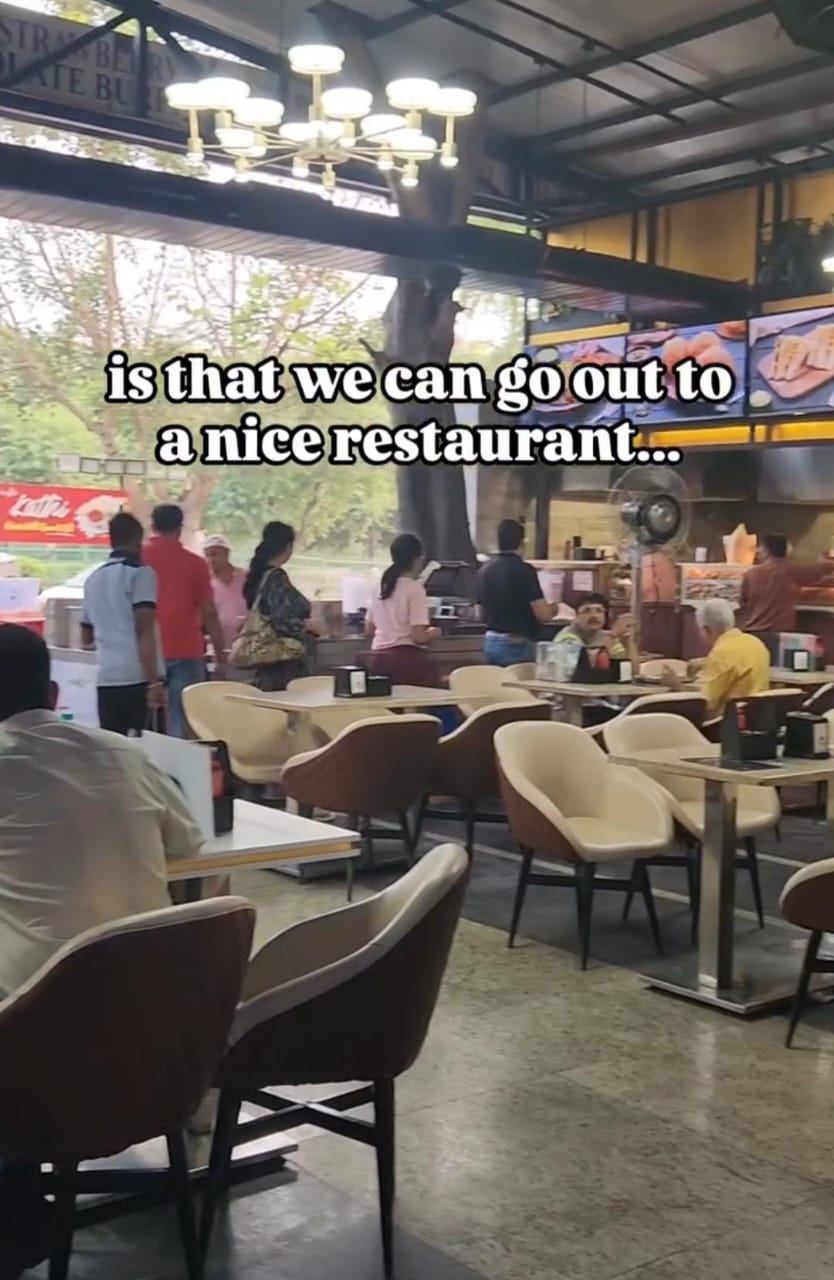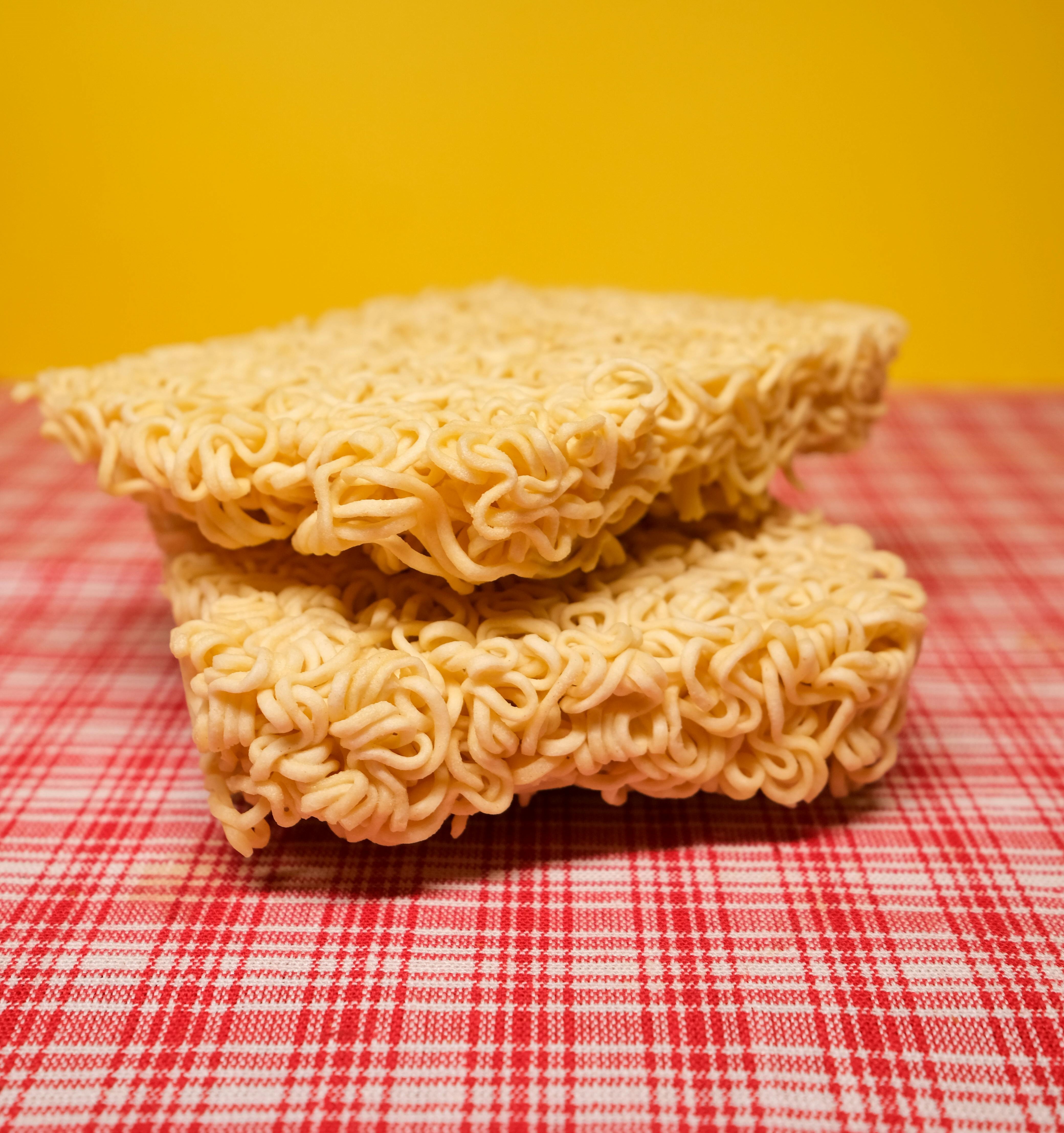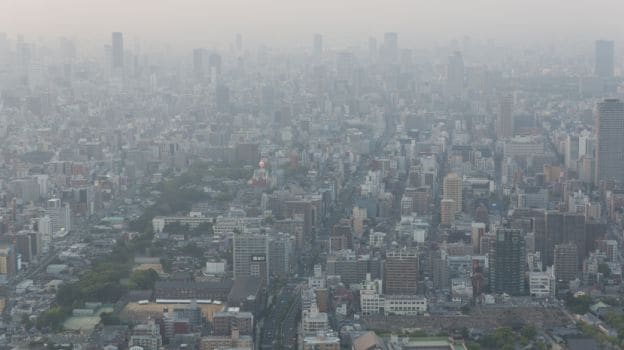Triggers like paddy burning in the neighbouring state to massive vehicular traffic or increasing pollen in the air as winter settles in are all troubling scenarios, especially for children, made worse by non-stop bursting of firecrackers on Diwali night, despite all the warnings of their deleterious effect on the environment and health.
"Recently, a child was brought to me with asthma exacerbation despite taking regular medication. We had to step up his medication and even administer steroids to control the symptoms. This child is not an isolated case as rise in pollution levels is troubling most of our patients," Dr Sandeep Nayar, head (department of respiratory medicine) at BLK Super Specialty Hospital, told.
According to Delhi Pollution Control Committee, the Respirable Suspended Particulate Matter (RSPM), which directly affects breathing, was recorded at 2,308 microgram per cubic meter (mpcm) at 11 p.m. on Diwali night while the prescribed standard is 100 mpcm. PM2.5 (particulate matter above 2.5 microns), for which the prescribed standard is 60 mpcm, also touched an alarming high at 619 mpcm at midnight last night.
The US Embassy's air quality index touched 277 microns per cubic meter on Thursday morning in diplomatic enclave of Chanakyapuri, a very unhealthy level, according to the embassy which monitors air quality in the area on a regular basis. According to the System of Air quality and Weather Forecasting and Research (SAFAR), jointly run by the Indian Institute of Tropical Meteorology and India Meteorological Department, Delhi University area was the most polluted spot in the city with PM 2.5 touching an average of 430.
Dr Bobby Bhalotra, leading pulmonologist from Sir Gangaram Hospital, says the situaion was worrisome for Delhiites. "Yesterday (Wednesday), the pollution levels were really bad. I advise air-sensitive kids and the elderly to stay indoors with air purifiers at work. Try not to go out in early morning and evening when the pollutions levels are really high," Dr Bhalotra told IANS.
When Gardiner Harris, the South Asia correspondent for The New York Times, decided to leave Delhi this year because his eight-year-old son's lung capacity went down to 50 percent owing to the bad air quality, the world took notice. His article titled "Holding Your Breath In India" brought policymakers - both at the state and the central level - to the discussion forums but no visible change is seen on the ground yet.
A study conducted by Kolkata-based Chittaranjan National Cancer Institute (CNCI) in Delhi recently showed that nearly half of the city's 4.4 million schoolchildren have irreversible lung damage from the polluted air.
Scientists tracked 11,000 schoolchildren from 36 schools in Delhi for three years.
They found that key indicators of respiratory health from lung function to palpitation and vision in Delhi children - between four and 17 years of age -- were worse off than their counterparts elsewhere. It is not as if packing your kids indoors will help save their lungs from further deterioration.
"It is not about staying indoors or outdoors as the air is worse at both places. What is crucial is to keep yourself protected from the polluted air with masks or other protective gears," cautions Dr Nevin Kishore, senior consultant (pulmonology) at Max Hospital in Saket.
"The alarming levels of pollution in the city is detrimental for not only people suffering from respiratory illnesses but also for the normal population," adds Dr Vivek Singh, consultant (pulmunology) from Columbia Asia Hospital-Gurgaon.
Dr Singh shares a case study of a 13-year-old Delhi child who came to him with severe coughing. He was facing difficulty sleeping at night and was unable to play outdoors.
"He was diagnosed with severe airway contamination and was later put on medication to control the condition. His family then decided to shift to Dehradun. The kid is doing much better and goes for outdoor play too," he said.
"In fact, I have seen patients who were on lung medication and went to the US and European countries and needed no medication during their stay there because of good air quality," he added.
There has been a spurt in the number of patients coming to heath experts with respiratory problems lately.
The pollution levels during the Diwali season are generally high as harmful gases like nitric oxide (vehicular emission), sulphur oxide (owing to firecrackers) and carbon monoxide reach their maximum levels.
The damage can be pretty severe if not prevented early. "Since kids breathe more air and spend more time playing outside, it may result in reduced lung function. Young children are more prone to develop chronic cough and bronchitis when exposed to polluted air," notes Dr Nayar.
Pollution can also affect eyes as well as the skin. In fact, almost all system in the body can be adversely affected.
Doctors advice avoiding allergens like special fragrances or deodorants.
Avoid taking sensitive kids out during peak traffic hours when pollution levels are particularly high or during the Diwali celebrations. Children should be encouraged to exercise in greener areas with fresh air, preferably early in the morning. Their outdoor activities should be limited, especially when the smog levels are high.
"Avoid playing in areas which are having high emissions of smoke and toxic gases and stop going to densely populated and untidy colonies. Usage of air purifiers and filters may decrease indoor pollution to some extent," Dr Nayar emphasises.
According to him, though Delhi is one of the most polluted cities, rest of the places in India are also turning into bad air-quality zone with an increase in vehicular traffic.
"Of course, if you have an option then you might go ahead and leave the city," Dr Nayar advises.




